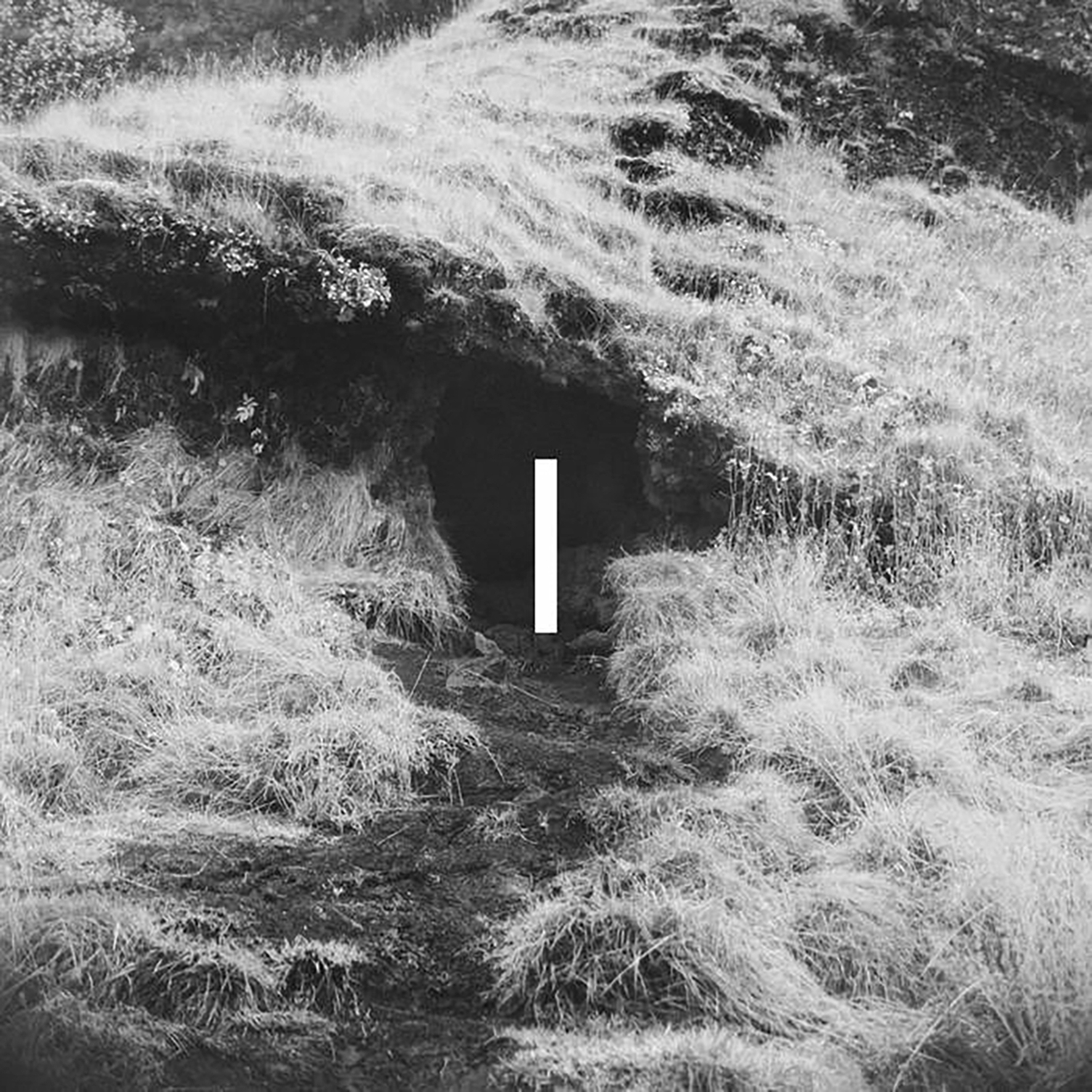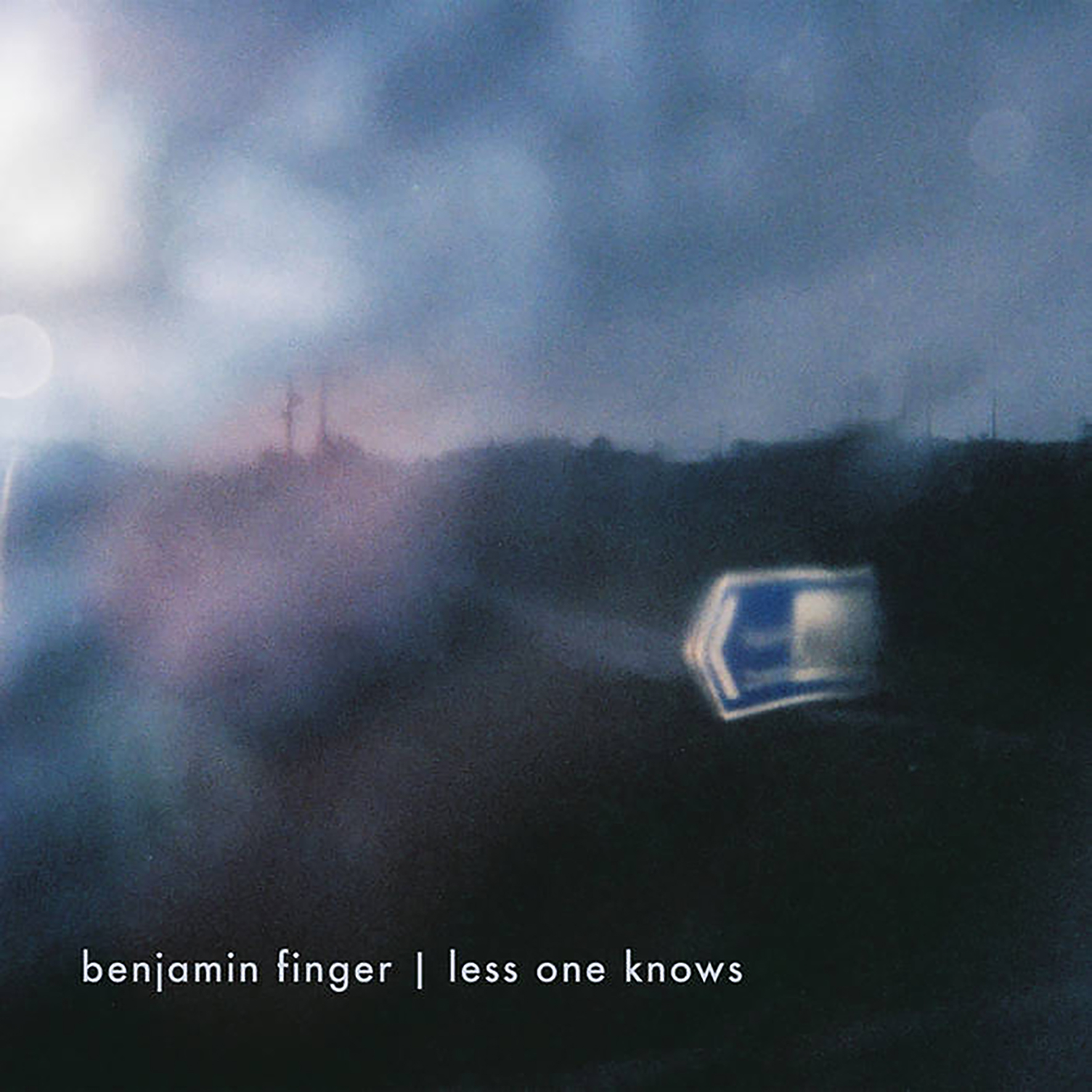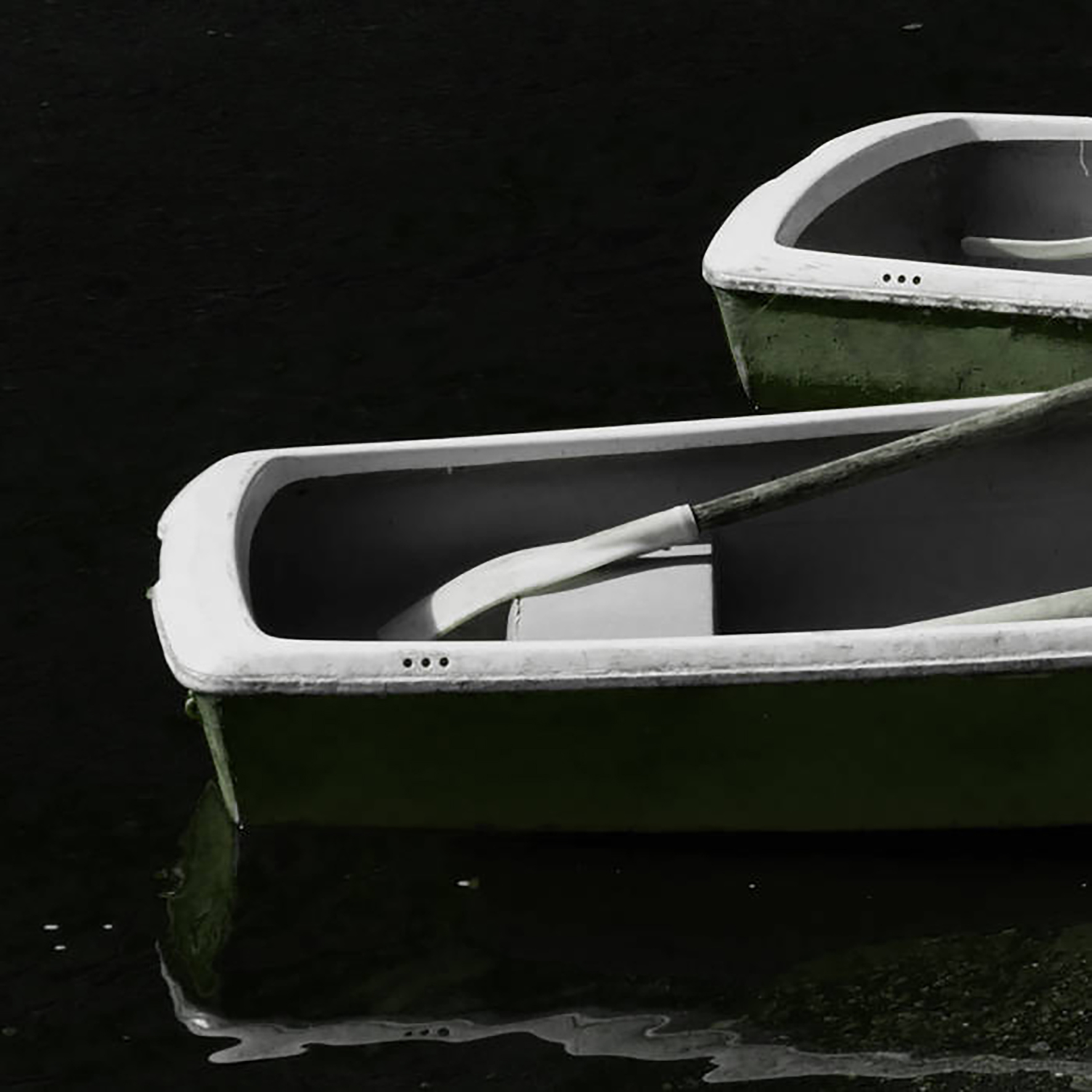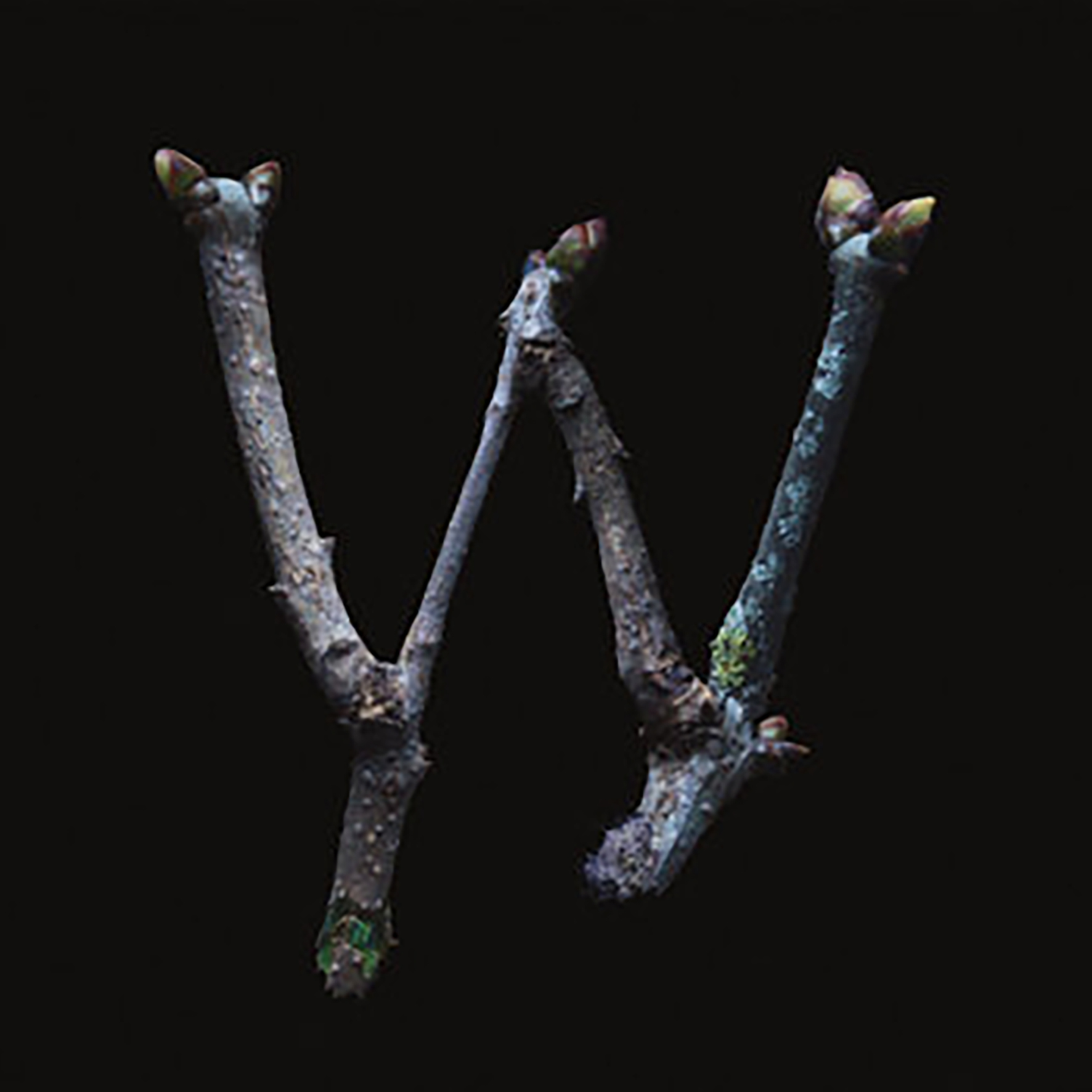 Ellen Fullman's drones are as massive as the custom instruments that she creates this tremendous music on. She is known for her 70-foot Long String instrument, tuned in just intonation and played with rosin-coated fingers. At first listen, it's a monolithic block of sound, stretching out into seeming infinity. But on closer inspection, there are many subtleties of pitch, dynamics, and surround sound that captivate and maintain interest.
Ellen Fullman's drones are as massive as the custom instruments that she creates this tremendous music on. She is known for her 70-foot Long String instrument, tuned in just intonation and played with rosin-coated fingers. At first listen, it's a monolithic block of sound, stretching out into seeming infinity. But on closer inspection, there are many subtleties of pitch, dynamics, and surround sound that captivate and maintain interest.
Two new shows just for you. We have squeezed out two extended release episodes for this weekend to get you through this week. They contain mostly new songs but there's also new issues from the vaults. The first show features music from Rider/Horse, Mint Field, Robert Aiki Aubrey Lowe, Anastasia Coope, ISAN, Stone Music, La Securite, Bark Psychosis, Jon Rose, Master Wilburn Burchette, Umberto, Wand, Tim Koh, Sun An, and Memory Drawings. The second episode has music by Laibach, Melt-Banana, Chuck Johnson, X, K. Yoshimatsu, Dorothy Carter, Pavel Milyakov, Violence Gratuite, Mark Templeton, Dummy, Endon, body / negative, Midwife, Alberto Boccardi, Divine. Cow in Maui from Veronika in Vienna. Get involved: subscribe, review, rate, share with your friends, send images! |



 Fitted are Mike Watt (The Minutemen, fIREHOSE, many others), Graham Lewis and Matthew Simms of Wire, and Bob Lee (The Freeks, The Black Gang, Fearless Leader). The names Watt and Lewis should make most music aficionados run for their wallet, but the first album from this supergroup was released with little fanfare. Imagine tossing together the punk of The Minutemen and Wire’s experimentalism, alternately fronted by Lewis’ resigned, wavering vocals and Watt’s staccato uttering. The two legendary bassists provide an onslaught of heaviness, broken by the psychedelic guitar swirls of Simms and Lee’s bright drum beats, and then drive everything home founded on years of musicianship from four practiced musicians.
Fitted are Mike Watt (The Minutemen, fIREHOSE, many others), Graham Lewis and Matthew Simms of Wire, and Bob Lee (The Freeks, The Black Gang, Fearless Leader). The names Watt and Lewis should make most music aficionados run for their wallet, but the first album from this supergroup was released with little fanfare. Imagine tossing together the punk of The Minutemen and Wire’s experimentalism, alternately fronted by Lewis’ resigned, wavering vocals and Watt’s staccato uttering. The two legendary bassists provide an onslaught of heaviness, broken by the psychedelic guitar swirls of Simms and Lee’s bright drum beats, and then drive everything home founded on years of musicianship from four practiced musicians.
 Racine uses billowing, amorphous sound as a backdrop for melodic improvisations of various instruments, both acoustic and digitally manipulated. Their creations are pop song length instrumentals that meander, peak, and decay in a highly dynamic, tightly packed box. Surprises abound for those who listen patiently, and moments of the sublime cut through like a glade in a forest.
Racine uses billowing, amorphous sound as a backdrop for melodic improvisations of various instruments, both acoustic and digitally manipulated. Their creations are pop song length instrumentals that meander, peak, and decay in a highly dynamic, tightly packed box. Surprises abound for those who listen patiently, and moments of the sublime cut through like a glade in a forest. In late 2019, multi-instrumentalists Clay Parton, Canaan Dove Amber, and Jason Albertini, AKA Duster, quietly announced their first release in 19 years would be available in December. The band have never been a household name—despite being a long-standing influence on indie bands across an array of genres such as slowcore, space-rock, lo-fi, or post-rock—but with this release it is a great time to get acquainted. The same core formula of keeping it simple is still here: as stated by Parton, they try to strip out as much as possible while conveying the same underlying sentiment. However, the 2019 formula leaves Duster changed. If the band were slotted into the slowcore genre before, then this release takes the genre to new breaking points. This is a great thing, because like a rubber band stretched to maximum tension, the backlash from letting go is going to be powerful, but sting on contact. The experience is worth it.
In late 2019, multi-instrumentalists Clay Parton, Canaan Dove Amber, and Jason Albertini, AKA Duster, quietly announced their first release in 19 years would be available in December. The band have never been a household name—despite being a long-standing influence on indie bands across an array of genres such as slowcore, space-rock, lo-fi, or post-rock—but with this release it is a great time to get acquainted. The same core formula of keeping it simple is still here: as stated by Parton, they try to strip out as much as possible while conveying the same underlying sentiment. However, the 2019 formula leaves Duster changed. If the band were slotted into the slowcore genre before, then this release takes the genre to new breaking points. This is a great thing, because like a rubber band stretched to maximum tension, the backlash from letting go is going to be powerful, but sting on contact. The experience is worth it. One aspect of Benjamin Finger's work that I have always appreciated is his drive to continually tweak and reinvent his sound with each new album. On this latest release, apparently his 14th solo full-length, he opts for a loose, stripped-down approach, focusing mostly on guitar sketches that often feel like the demo tapes for a solid shoegaze album. In some ways, it is quite remarkable how far Finger has moved away from the skewed, psych-damaged pop of early albums like Woods of Broccoli and Sombunall, but that trajectory makes perfect sense if his career is viewed like a disintegrating Basinski-esque tape loop: his pop sensibility has not disappeared so much as it has been ingeniously diffracted, distilled, and deconstructed into new forms with each fresh release. That said, Less One Knows has a stronger emphasis on hooks than a lot of other recent Finger albums and that is a welcome development. This album may not be quite as substantial as some of his other fare, but the comparative intimacy, melodicism, and fragility suit his aesthetic nicely.
One aspect of Benjamin Finger's work that I have always appreciated is his drive to continually tweak and reinvent his sound with each new album. On this latest release, apparently his 14th solo full-length, he opts for a loose, stripped-down approach, focusing mostly on guitar sketches that often feel like the demo tapes for a solid shoegaze album. In some ways, it is quite remarkable how far Finger has moved away from the skewed, psych-damaged pop of early albums like Woods of Broccoli and Sombunall, but that trajectory makes perfect sense if his career is viewed like a disintegrating Basinski-esque tape loop: his pop sensibility has not disappeared so much as it has been ingeniously diffracted, distilled, and deconstructed into new forms with each fresh release. That said, Less One Knows has a stronger emphasis on hooks than a lot of other recent Finger albums and that is a welcome development. This album may not be quite as substantial as some of his other fare, but the comparative intimacy, melodicism, and fragility suit his aesthetic nicely. It has been three years since Natalie Chami’s last solo album (2017’s dreamlike and seductive Love Sick) and quite a lot has changed in her life since then. Given that this project is essentially a very intimate and abstractly diaristic one, that passing of time has unsurprisingly led to significant (if subtle) transformations in the tone of Chami's vision. Thankfully, her genius for soulful, sensuous, and blearily hallucinatory pop-like improvisations remains wonderfully intact, but Acquiesce feels more like a series of languorous, meditative reveries than it does an emotionally smoldering R&B-inspired break-up album. Admittedly, the collision of that latter aesthetic with Chami's artier, more experimental side was a large part of what made Love Sick such a great and unique album, but her emotional directness, natural fluidity, and strong melodic intuition are every bit as evident and effective as they were 2017. While Acquiesce does not quite rise to the same level as its predecessor as a whole, its handful of highlights are easily as gorgeous as any of Chami's previous work.
It has been three years since Natalie Chami’s last solo album (2017’s dreamlike and seductive Love Sick) and quite a lot has changed in her life since then. Given that this project is essentially a very intimate and abstractly diaristic one, that passing of time has unsurprisingly led to significant (if subtle) transformations in the tone of Chami's vision. Thankfully, her genius for soulful, sensuous, and blearily hallucinatory pop-like improvisations remains wonderfully intact, but Acquiesce feels more like a series of languorous, meditative reveries than it does an emotionally smoldering R&B-inspired break-up album. Admittedly, the collision of that latter aesthetic with Chami's artier, more experimental side was a large part of what made Love Sick such a great and unique album, but her emotional directness, natural fluidity, and strong melodic intuition are every bit as evident and effective as they were 2017. While Acquiesce does not quite rise to the same level as its predecessor as a whole, its handful of highlights are easily as gorgeous as any of Chami's previous work. As both an experimentalist and a songwriter, Jim O’Rourke has been responsible for a number of beloved and highly influential albums over the course of his storied career, but he is a bit of a prolific wild card as well: it is damn near impossible to guess which albums will capture him in an especially inspired mood and which will not. That said, his previous collaboration with Kassel Jaeger (2017's Wakes on Cerulean) had some very promising passages that transcended typical drone/sound art fare, so I was quite curious to see if this follow-up would flesh out their shared vision into something truly great. As it turns out, In Cobalt Aura Sleeps is a hell of a lot like its predecessor: fitfully wonderful, but not without some lulls. Nevertheless, it does feel like a significant evolution, as it is both darker and more tightly focused than Cerulean, erring more on the side of "understated" and "curiously constructed" rather than "too improvisatory." Fortunately, those hurdles can be mostly overcome with the aid of some headphones and suitable volume, revealing a satisfyingly strong album that is richly textured, absorbing, and mysterious.
As both an experimentalist and a songwriter, Jim O’Rourke has been responsible for a number of beloved and highly influential albums over the course of his storied career, but he is a bit of a prolific wild card as well: it is damn near impossible to guess which albums will capture him in an especially inspired mood and which will not. That said, his previous collaboration with Kassel Jaeger (2017's Wakes on Cerulean) had some very promising passages that transcended typical drone/sound art fare, so I was quite curious to see if this follow-up would flesh out their shared vision into something truly great. As it turns out, In Cobalt Aura Sleeps is a hell of a lot like its predecessor: fitfully wonderful, but not without some lulls. Nevertheless, it does feel like a significant evolution, as it is both darker and more tightly focused than Cerulean, erring more on the side of "understated" and "curiously constructed" rather than "too improvisatory." Fortunately, those hurdles can be mostly overcome with the aid of some headphones and suitable volume, revealing a satisfyingly strong album that is richly textured, absorbing, and mysterious. I am an enormous fan of this latest endeavor from Ulan Bator founder Amaury Cambuzat, as AmOrtH was easily one of my favorite albums of 2019. Notably, this latest release marks the project's vinyl debut, which makes it the first album in which Cambuzat's real-time layering has had to contend with actual time constraints. I was not sure how well that would work, as the core Cathedral aesthetic has always been to allow pieces to unhurriedly and organically unfold until they complete their "natural" progression (and the project's crowning achievement thus far is a piece that stretched out for 40 glorious minutes). As it turns out, however, Cambuzat handled that challenge quite well. Given the greatness of the opening "Indignation," it is entirely possible that he simply had a killer 20-minute piece in the vault just waiting for this opportunity to arise, but it is equally possible that he mathematically converted that duration into a fixed number of heartbeats and simply worked from that. While the B-side is admittedly a more minor pleasure, I remain continually amazed by the depth and breadth of what Cambuzat can achieve with just a guitar and some pedals. This is yet another excellent release.
I am an enormous fan of this latest endeavor from Ulan Bator founder Amaury Cambuzat, as AmOrtH was easily one of my favorite albums of 2019. Notably, this latest release marks the project's vinyl debut, which makes it the first album in which Cambuzat's real-time layering has had to contend with actual time constraints. I was not sure how well that would work, as the core Cathedral aesthetic has always been to allow pieces to unhurriedly and organically unfold until they complete their "natural" progression (and the project's crowning achievement thus far is a piece that stretched out for 40 glorious minutes). As it turns out, however, Cambuzat handled that challenge quite well. Given the greatness of the opening "Indignation," it is entirely possible that he simply had a killer 20-minute piece in the vault just waiting for this opportunity to arise, but it is equally possible that he mathematically converted that duration into a fixed number of heartbeats and simply worked from that. While the B-side is admittedly a more minor pleasure, I remain continually amazed by the depth and breadth of what Cambuzat can achieve with just a guitar and some pedals. This is yet another excellent release. With A New Form of Crime coming out last fall, and a new double LP on the horizon, Matt Weston has been prolific as of late. One thing that sets Tell Us About Your Stupor apart from these other albums, however, is that it is a live recording, although that of an installation project rather than a traditional concert setting. That is an important distinction to make because, having seen Weston perform on multiple occasions, the live experience is a significantly different animal, and that is clearly captured here. As an installation, it would seem that this is more of a live performance augmented by other instruments or recordings rather than a purely live, solo recording, but it has an exceptional balance between live Weston and studio Weston.
With A New Form of Crime coming out last fall, and a new double LP on the horizon, Matt Weston has been prolific as of late. One thing that sets Tell Us About Your Stupor apart from these other albums, however, is that it is a live recording, although that of an installation project rather than a traditional concert setting. That is an important distinction to make because, having seen Weston perform on multiple occasions, the live experience is a significantly different animal, and that is clearly captured here. As an installation, it would seem that this is more of a live performance augmented by other instruments or recordings rather than a purely live, solo recording, but it has an exceptional balance between live Weston and studio Weston.
